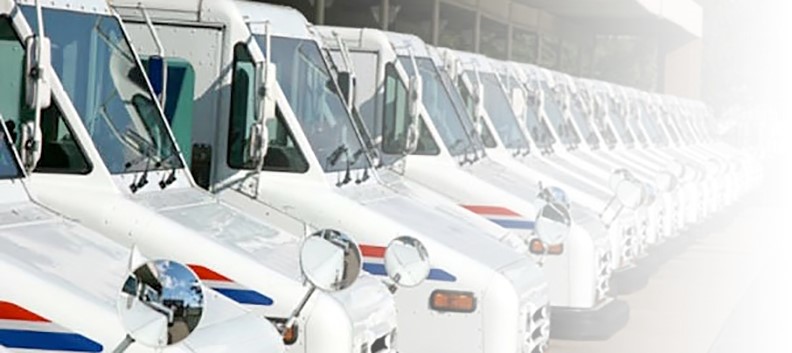Thursday,
October 10, 2019

Last Gasp for Last-Mile?

‘In-sourcing’ leaves Postal Service out in the cold.
For years, the US Postal Service has used its “Parcel Select” service to boost revenue to counter the massive decline in first class and advertising mail volumes, by offering last-mile delivery service to small package carriers. But now, Parcel Select is poised to take a major hit.
USPS could experience a 32% decline in total parcel volume and a 20% drop in parcel revenue should three large customers take most, if not all, of their last-mile parcel delivery business in-house rather than outsourcing it to USPS as they have done for years, reported Freight Waves.
In recent months and years, FedEx and UPS have diverted last-mile business into their own networks. Amazon, a late-comer to the parcel delivery game, has begun doing it as well.
The dam broke in June, when FedEx announced that by the end of 2020 it would in-source all of its USPS business, which totaled 2 million parcels a day at its peak. UPS, which is believed to have in-sourced 35% of all traffic it had tendered to USPS, may eventually head in the same direction. Amazon has already begun to shift last-mile parcel traffic in high-density urban areas to its own fleet, leaving USPS with deliveries to less-populated locations that it is still legally required to serve, but less cost-effective for Amazon – or the Postal Service – to handle. Between them, FedEx, UPS and Amazon account for roughly two-thirds of Parcel Select volume.
USPS has been aware for some time that it may lose the three companies’ last-mile business. In an October 2 statement, USPS put a brave face on, confident it could weather the storm as more e-commerce traffic comes its way. “We continue to attract e-commerce customers and business partners because our customers see the value of our predictable service, enhanced visibility and reasonable pricing,” the statement said. But if the Postal Service needed any additional challenges, until Congress grants them relief, USPS faces an annual $5.5 billion annual tab to pre-fund retiree health benefits.
USPS faces a problem on another front, said Freight Waves. FedEx and UPS have been aggressively targeting business shippers that are big users of USPS’ Priority Mail two- to three-day delivery service. USPS stands to lose about 10% of that volume due to diversion to rivals, according to estimates from consultant ShipMatrix. That would boost the total loss of parcel volume to 34% and revenue to 24%, it said. Priority Mail, which USPS handles from pick-up to delivery, generates four times the revenue per piece compared to Parcel Select.
